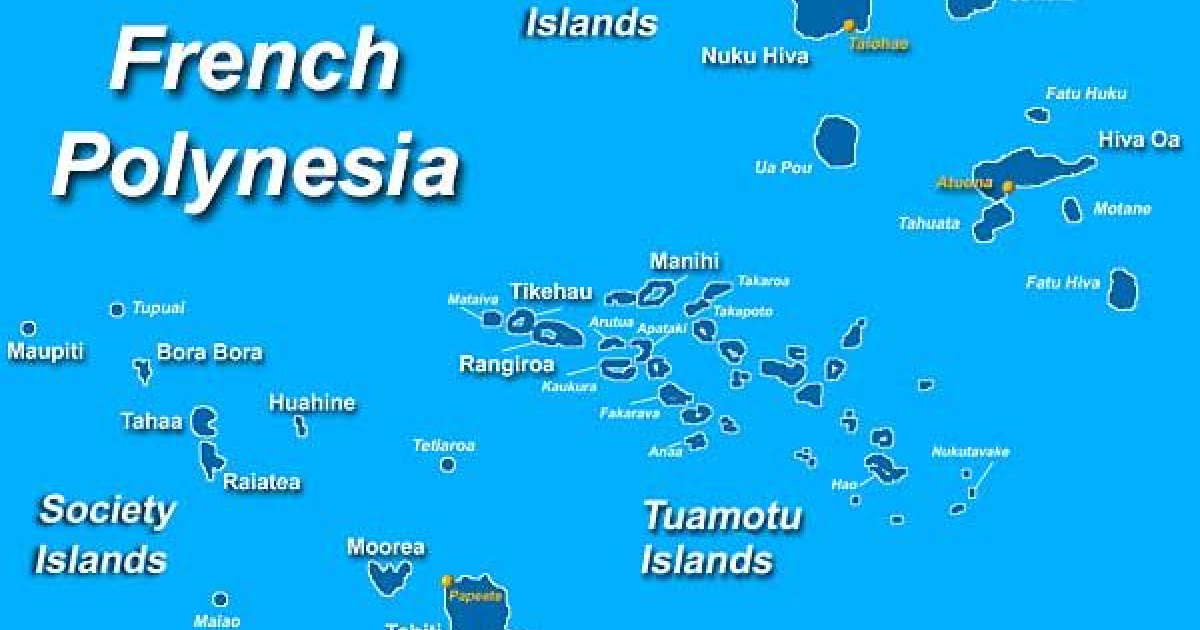Review From The House
READ IT • SEE IT • TASTE IT • LIVE IT
The islands of French Polynesia

The islands of French Polynesia
The first word in French Polynesia is - French. So how did I so badly ignore that very important fact. If I had been planning to travel to France i would have packed my travel adaptors and brushed up on my French but somehow, it escaped me that the electrical outlets in Tahiti would be based on European not North American standards. Naturally none of my plugs fitted so to recharge my laptop battery I had to get an adaptor. The friendly Francophone guest services man came up with one - but when I plugged it in my poor little laptop was buzzing - literally. I hope I am not frying its poor little insides. Anyway next day I bought a better adaptor and the buzzing stopped.
I also wished I had spent a little more time brushing up my high school level French, instead of trying to enhance my Spanish vocabulary ( number 4 on my top ten list of things to do when i retired was learn to speak fluent Spanish). It is true that many people here speak passable English but many don't and while I can understand a lot of what they are saying to me, when i try to respond my mind goes blank - or I say Si instead of Oui!
But I digress. A quick summary of the few facts I have assimilated about French Polynesia.
For most people the words Bora Bora and Tahiti conjure up images of sparkling blue waters and white sand beaches and stilted huts perched over inviting lagoons. I thought I should get a better idea of the geography of the area so here are some of the facts about this beautiful part of the world.
Tahiti is both the name of the group of 118 islands in the 5 archipelagoes that are collectively known as French Polynesia and also the name of the largest island in this region. The island of Tahiti is the youngest volcanic island of them all - hence the black sand beaches.
The groups: The Society Islands consist of the Windward and the Leeward Island groups including the island of Tahiti with Papeete, the capital. Moorea and Bora Bora as also part of the Society Islands, so called because they were "discovered" on an expedition funded by the Royal Society of England.
The Marquesas, also called the “Mysterious Islands” consist of 6 inhabited and 6 uninhabited, about a 3.5 hour flight from Papeete. These islands have dense jungle and high waterfalls. They are known as the place where Paul Gaugin painted, and where Herman Melville jumped ship.
Then there are the Tuamotu Archipelago together with Gambier Islands and the Austral Islands which also include the Bass islands. We don't get to either this group or the Marquesas on this trip.
The pictures are from a walk around the Intercontinental on the first full day here.